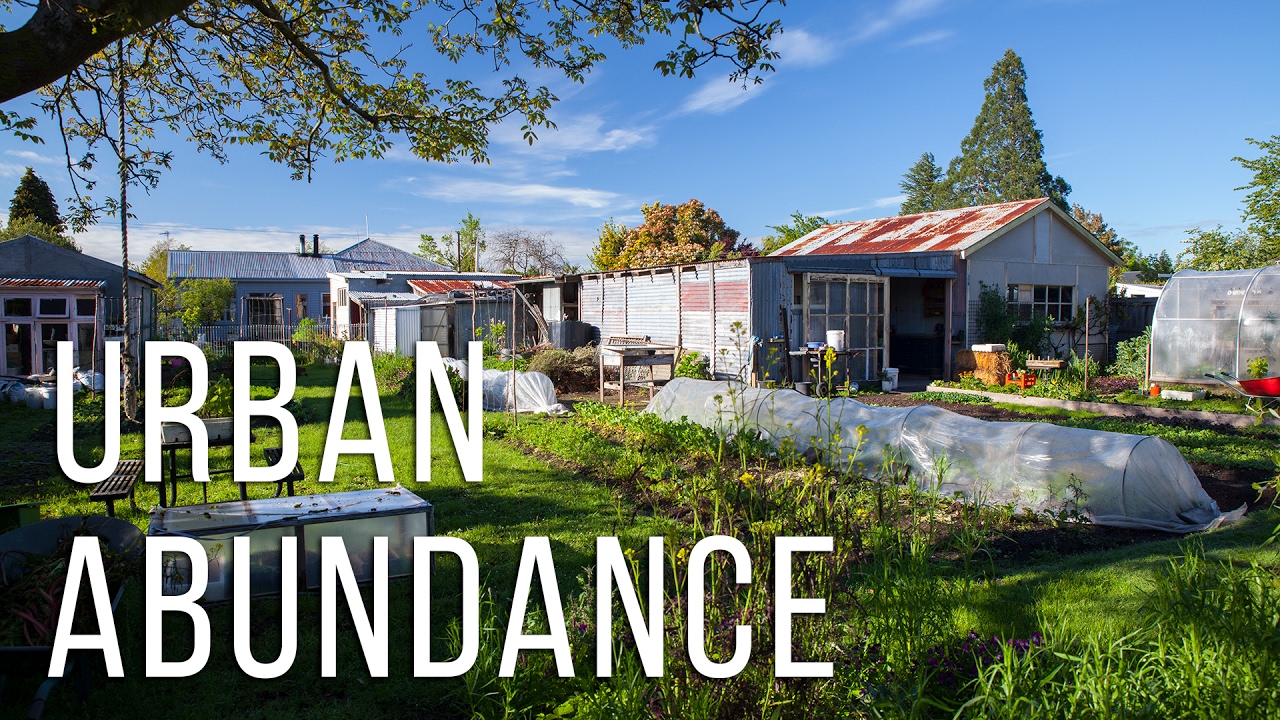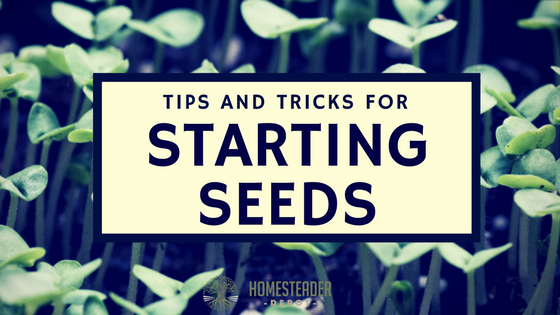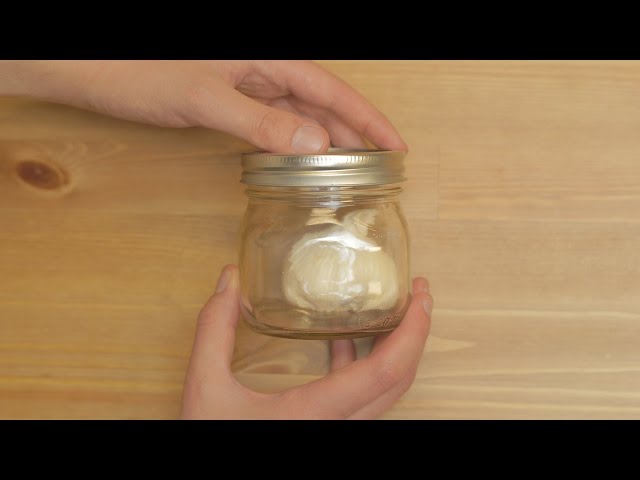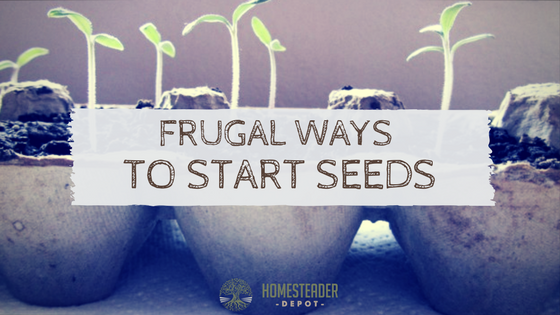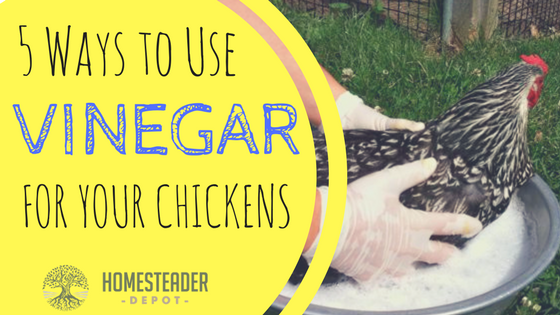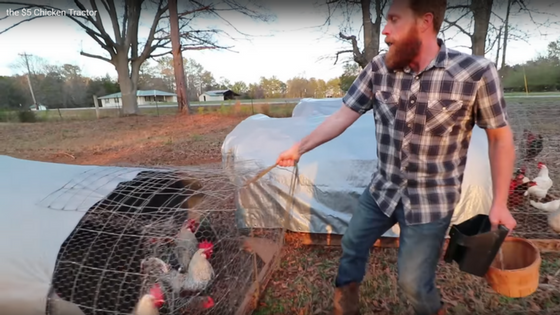Urban Homestead
This is a very inspiring short film about “the hub”, a 1/2 acre lot in the small town of Oxford, in North Canterberry, New Zealand. Kane and Fiona Hogan are able to grow a beautiful, productive, and lucrative garden right in the middle of their town, and use that revenue to get out into the … Read more

